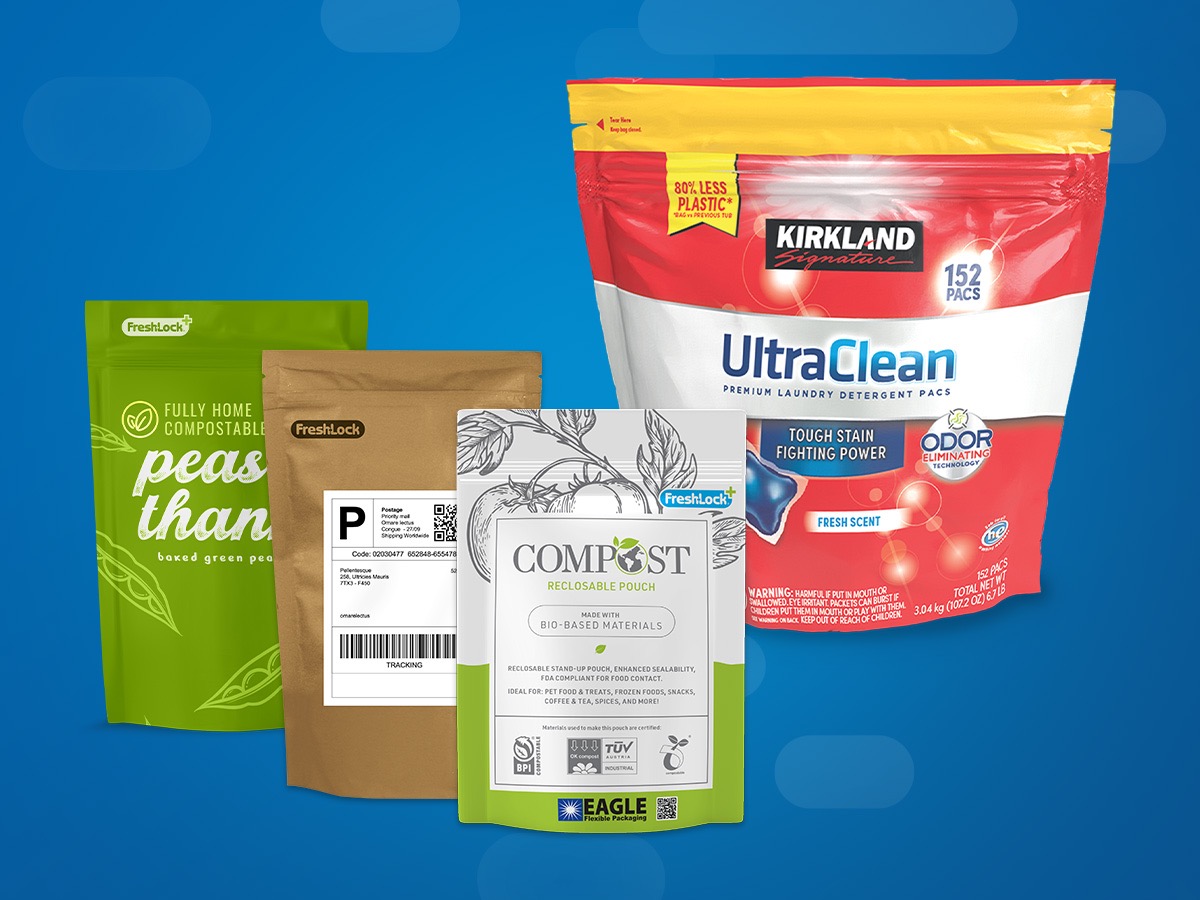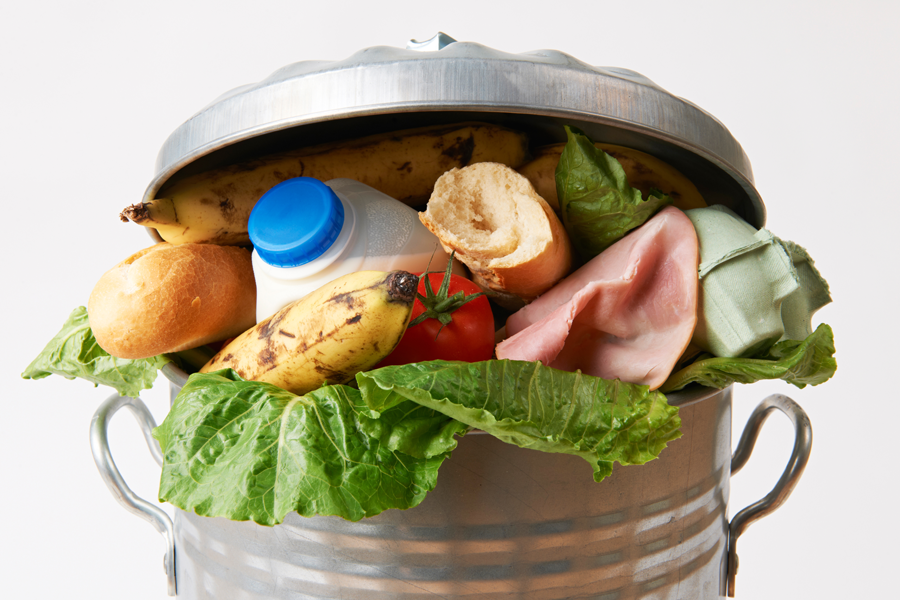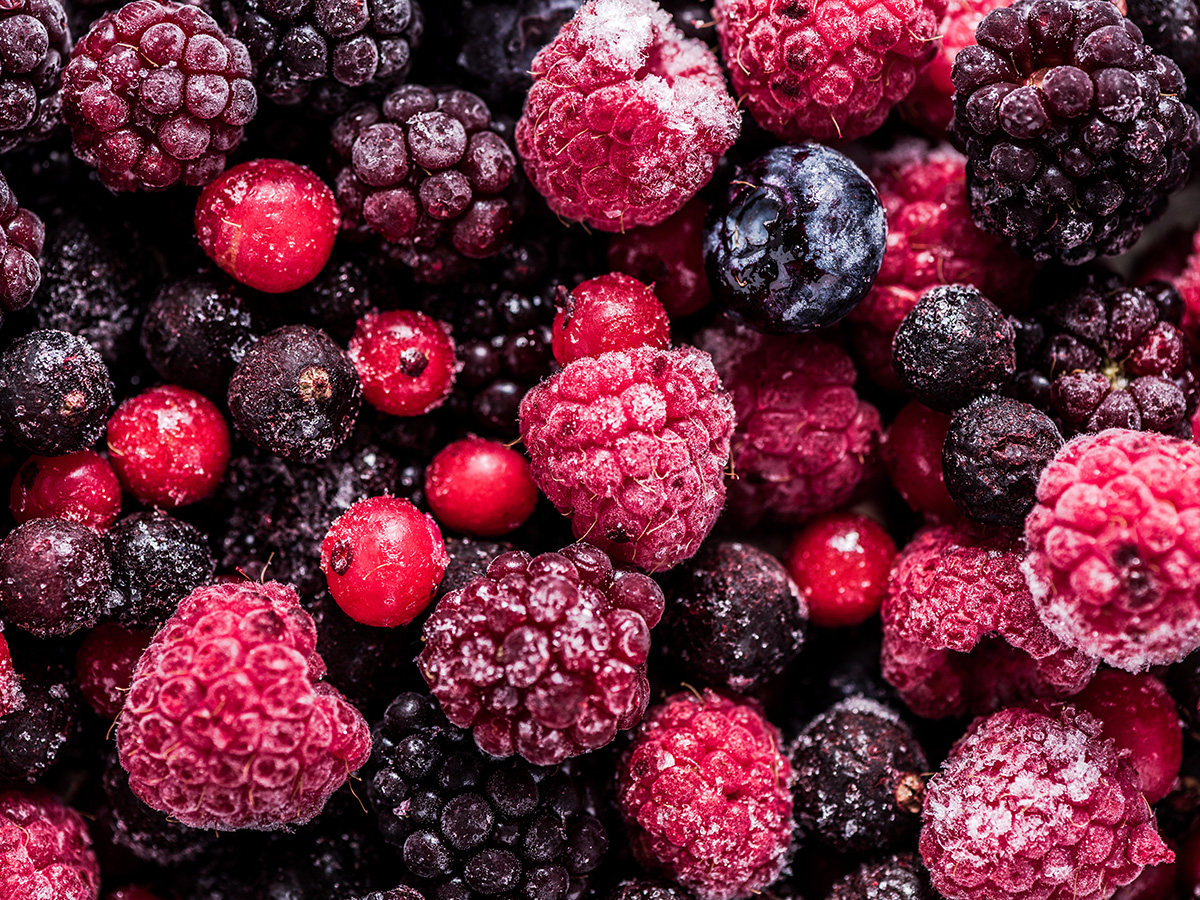
Influential Packaging Trends for 2018
With each new year comes trends and predictions that experts foresee will influence consumers. We’ve done the heavy lifting for you by reviewing 2018’s top calculations, and sifting through them to show you how you can capitalize on packaging trends for new growth this fiscal year.
Exponential E-Commerce Growth
 With online transactions skyrocketing and sales predictions on track to reach $4 trillion globally by 2020, Mintel identifies 2018 as the year companies start implementing new e-commerce packaging strategies to maximize both product protection and cost efficiencies. Many packaging formats designed for traditional retail channels do not survive the e-commerce distribution chain. And, when a product arrives damaged at their doorstep, consumers are likely to voice negative reviews online, mentions Bemis’ eBook Packaging for a New Era of E-Commerce.
With online transactions skyrocketing and sales predictions on track to reach $4 trillion globally by 2020, Mintel identifies 2018 as the year companies start implementing new e-commerce packaging strategies to maximize both product protection and cost efficiencies. Many packaging formats designed for traditional retail channels do not survive the e-commerce distribution chain. And, when a product arrives damaged at their doorstep, consumers are likely to voice negative reviews online, mentions Bemis’ eBook Packaging for a New Era of E-Commerce.
A test designed to simulate e-commerce transit, ISTA-3A testing, indicates that common packages like glass jars, plastic rigid canisters, cardboard boxes, and paper-like bags are at the greatest risk for damage in shipment, whereas the test shows that flexible packaging is more likely to survive a shipment due to its ability to flex.
Flexible packaging for e-commerce can “reduce transportation costs and energy output because it is lighter to ship than rigid alternatives,” states Printpack Director of Technology and Innovation Mark Brogan in a recent Packaging Digest article. “By using flexible packaging, brands can reduce CO2 emissions by moving more product with fewer trucks and planes,” he says.
As e-commerce continues to boom, the opportunities for flexible packaging will as well.
How to capitalize? Optimize your packaging for e-commerce Instead of only designing your package for the store shelf, you can design packaging for the consumer’s benefit and with a more complex distribution channel in mind.
Reducing Global Food Waste
 Mintel’s Global Packaging Trends 2018 report notes that “the throwaway culture of today will evolve into one that understands and embraces the role of packaging as a primary means to reduce global food and product waste.” And, while consumers have traditionally seen packaging as wasteful, opinions are shifting with 50 percent of US grocery shoppers agreeing the right packaging can help reduce waste.
Mintel’s Global Packaging Trends 2018 report notes that “the throwaway culture of today will evolve into one that understands and embraces the role of packaging as a primary means to reduce global food and product waste.” And, while consumers have traditionally seen packaging as wasteful, opinions are shifting with 50 percent of US grocery shoppers agreeing the right packaging can help reduce waste.
Proper packaging can help extend shelf life, ensure safe delivery, and preserve ingredients—all helping to minimize food, and ultimately product waste. Multi-use packages that have proper closures to keep people from repackaging helps to reduce waste, as well.
How to capitalize? Consider downgauged materials, switching from rigid to flexible, selecting packaging with reclose options that doesn’t require consumer to “re-packaging,” or utilizing smart flexible packaging that informs consumers when food is about to go bad.
Profiting from Consumer Trends
If you are looking to start taking advantage of one of 2018’s consumer trends, we’re here to help. From finding the right closure to make your flexible package convenient to consumers, to easily implementing slider closures to your flexible packaging line, contact Fresh-Lock to close the deal on your next product innovation.

 Back to Blog
Back to Blog



